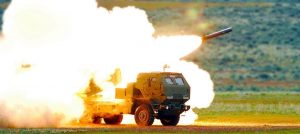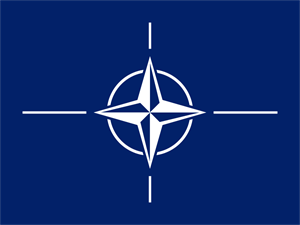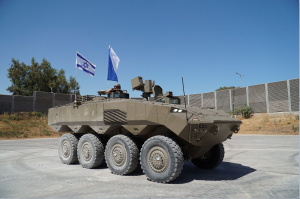U.S. Lawmakers Call for the Boost in Missile Defense Agency Budget Second Year in a Row
U.S. legislators from both the House and Senate are again spearheading the campaign to Boost in Missile Defense Agency budget for the fiscal year 2022. It comes as Congress added $1.3 billion the previous year. The Missile Defense Agency’s request in the fiscal 2022 budget focuses on developing future capabilities, including a next-generation interceptor for homeland missile defense, a hypersonic defensive capability, and space-tracking critical to detecting threats. This fiscal year’s funding request by the agency comes in at $8.9 billion. However, lawmakers believe that is not enough.
The budget request is slightly less than the FY21 request of $9.2 billion. Congress added a whopping more than a billion dollars to the previous year’s budget for it believed that there was a schism between funding and the actual amounts that would be needed to bridge the requirements of the National Defense Strategy. Viewed in this backdrop, the drop is more significant. The issue has been a talk of the day in recent Congressional hearings focusing on the missile defense budget. Legislators have expressed concerns over MDA’s narrow FY22 budget request.
Republican. Mo Brooks, R-Ala, and a group of eight other Republican House lawmakers sent a letter on June 11 to House Appropriations Committee leaders, called for the total funding of various missile defense priorities and unfunded priorities. The letter specifically highlights the need to fund a Homeland Defense Radar in Hawaii, or HDR-H, and a persistent, 360-degree architecture in Guam designed to shield it from the ballistic, cruise, and hypersonic missile threats. Unfortunately, MDA has opted not to fund the HDR-H in FY22 even amidst continuous Congress backing and calls for funding last year.
U.S Northern Command Chief General. Glen VanHerck, in a June 15 House Strategic Forces Subcommittee hearing, noted he supports the HDR-H because it gives us the additional capability for an underlayer that would help in defense of Hawaii, explicitly giving additional capability and capacity. Another bid came from the head of the U.S. Indo-Pacific Command that sent a list of unfunded requirements to Congress this month. This was inclusive of requests for funding the HDR-H and called for money – an additional $231.7 million for a persistent missile defense capability for Guam. MDA has assembled plans to utilize $78.3 million in its FY22 base budget to make up systems that could support the defense of Guam and another $40 million to procure long-lead items for building such an architecture.
The agency did not spill details on how it is going to build such an architecture. However, it has said it would use mature capabilities such as Aegis Combat System ships and the Terminal High Altitude Area Defense System. It comes in after the Army deployed a rotational THAAD presence to Guam in 2013. At a June 15 Congressional hearing, the MDA Director Vice Adm. Jon Hill testified that the agency is paving the way to deliver its plan for Guam to the Cost Assessment and Program Evaluation office and hold discussions with INDOPACOM leadership in the coming few weeks. He noted that developing desired protection for Guam is on “a very aggressive timeline, given where we are at.” Republican and Senator member from Alaska Sen. Dan Sullivan deplored that some 70% of the programs the MDA administers would face a cut in the aftermath of this narrow budget dedication, including the Ground-Based Midcourse Defense Program.







